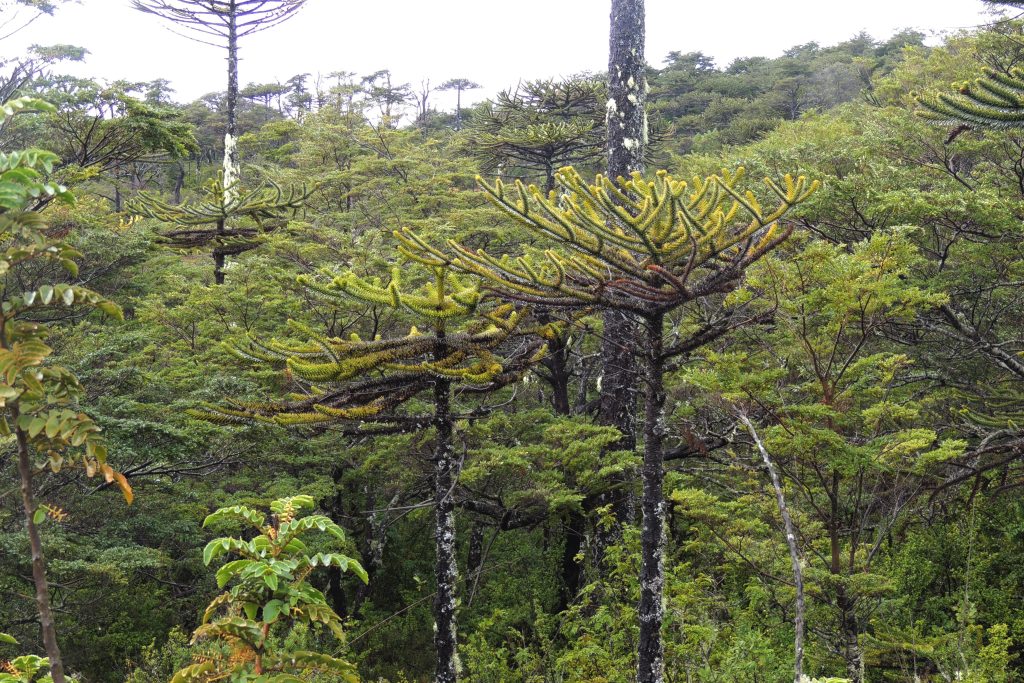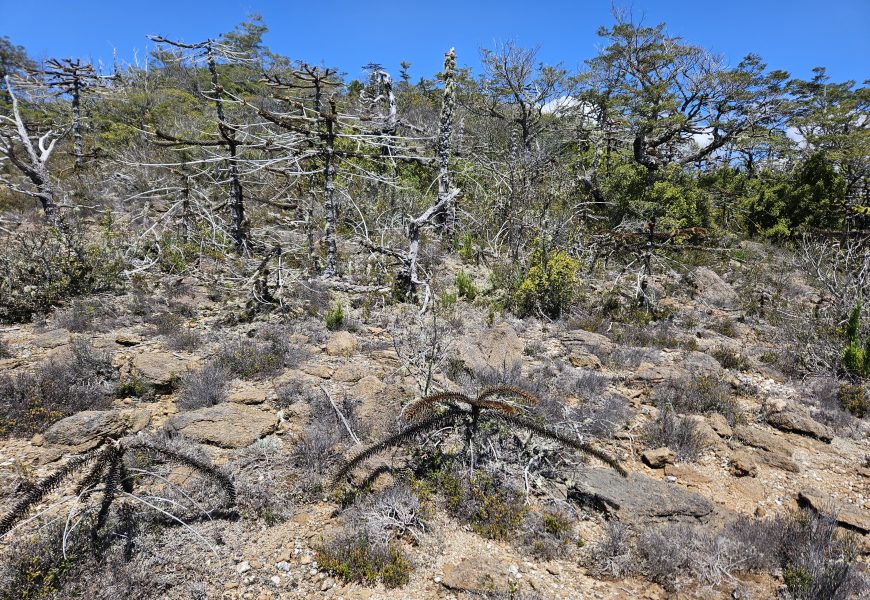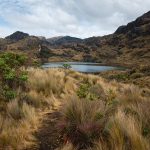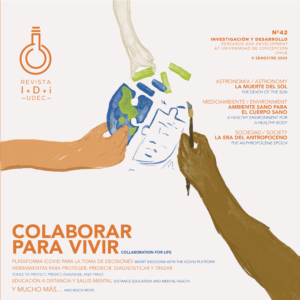By Iván Tobar Bocaz, Vice-Rectory for Research and Development / vrid@udec.cl | Images: Courtesy of the UdeC Faculty of Forestry Sciences
Araucaria forests in the Andes Mountains in Chile and Argentina and the Nahuelbuta Mountain Range began appearing with ever more dead or sick specimens. Their lower or middle branches became chlorotic (they lost the green color) and died, a symptom repeated on nearby branches, spreading throughout the individual until causing its death.

Looking for the possible causes behind the death of this native species, researchers from the Faculty of Forestry of the University of Concepción, led by Dr. Eugenio Sanfuentes Von Stowasser, started studies in the Trongol Alto area. In the first stage, they determined the presence of fungi and oomycetes on tree branches, foliage, and roots.
The scientist explains: “The hypothesis we have is that these microorganisms have benefited from stress factors that severely affect the trees, causing a physiological deterioration and a lower defense capacity, for example, with higher-than-normal temperatures.” This is because some pathogens can cause more significant damage to the araucaria as the conditions for their survival and reproduction are favored.
Professor Sanfuentes, who is also Dean of the Faculty, indicated that they have been monitoring this in the mountains for three and a half years, determining that the peaks in advance for the death symptoms of treetops occur in the summer. When the problem began to be detected in 2016, it was thought a new species of pathogen had entered the country. “But the evidence obtained so far would indicate that this would not be the case and that the phenomenon would have a greater relationship with significant changes in the climate.”
Too little water, too much heat: the triggers
The dean commented that when the Municipality of Curanilahue contacted them, the locals mentioned that the drought was not recent. “It is estimated that no snow has fallen since 1998, and they felt that araucaria deaths had been occurring for at least five years before it was officially detected.”
All this information has “given greater weight to the hypothesis that it would be due to a climate change related abiotic-based reason, along with temporary effects such as “El Niño” or “La Niña”; which together with the action of certain pathogens and insect infestations, result in this picture of dead Araucaria branches, crowns, and trees.”
The specialist indicates that “another factor that is very closely linked to the dying araucarias is the thin and stony soil, which hardly stores water. As a result, the water deficit problem seen in the localities of Trongol Alto, in the Nahuelbuta Mountain Range, is getting worse compared to what is observed in deeper soils, where the issue is not as serious. This behavior is consistent with the explanation that it is a fundamentally abiotic and secondarily pathogenic problem.”

This epidemiology work on a problem affecting the native forest in Chile is pioneering. ”It is important to track the progress of the problem over time, for more than three years,“ Sanfuentes emphasized. ”The study is a novel topic, and it was made possible thanks to State resources through the Fondecyt program (1191382). Given the amount of time needed to reach these first observations, it would have been more challenging to do this with private resources.”
The challenge with these results is extending this analysis to other native forest species, such as coihue and mountain cypress, which have also seen deaths in different places in the country. Another question is that, once the problem has been detected, a definition is needed on how to deal with it. The specialist notes, “watering araucarias is impossible in practice.” Therefore, it is necessary to take other specific measures to prevent the spread of pathogens, such as Phytophthora cinnamomi, a very dangerous microorganism that is destroying native forests in Australia. Sanfuentes recommends implementing exclusion strategies, isolating places when these soil pathogens are detected, closing off or limiting access to the affected places, and, in this way, preventing the spread of pathogens to other places.
Last modified: 27 de septiembre de 2024






